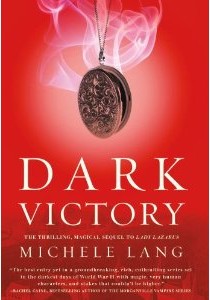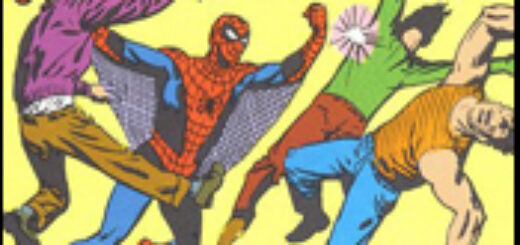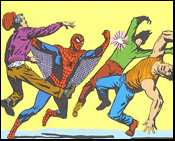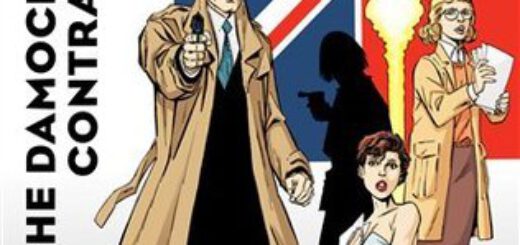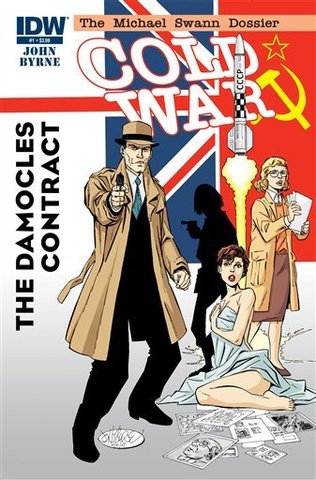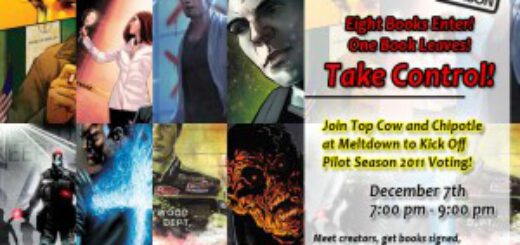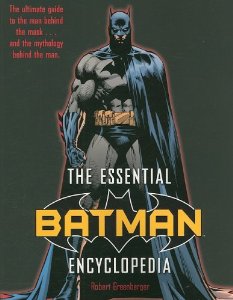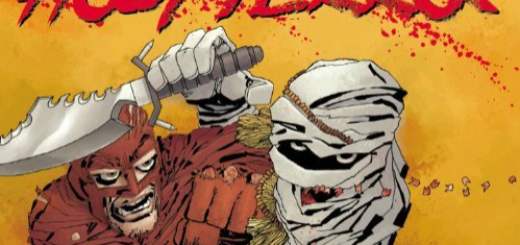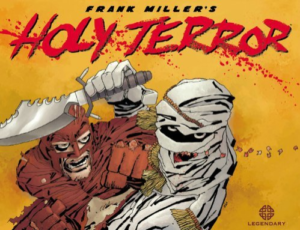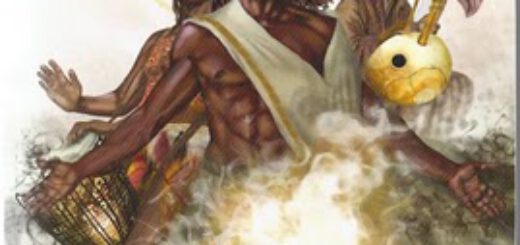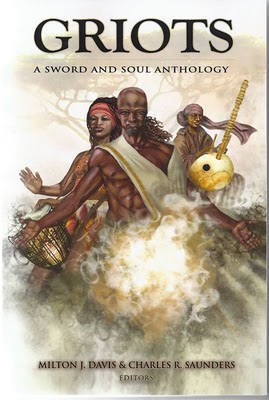GRIOTS
Edited by Milton Davis & Charles Saunders
MV Media LLC.
284 pages
This reviewer has often made it known that he enjoys anthologies for two reasons; the first being the concept of similarly themed tales from various writers collected between two cover is just plain fun. The second is the continued encouragement of the short story format. For many years academics were decrying the extinction of this form with the loss of so many monthly literary magazines and they were right to do so. But thanks to the emergence of genre themed anthologies, the short story has truly had a strong resurgence in popularity over the past decade.
Now comes this truly unique book which heralds the supposed creation of yet another fiction genre, that of “sword and soul.” In the opening introduction, editors Davis and Saunders, both African Americans and leading writers in the field of fantasy adventure, detail a history of the genre first established by pulp writer Robert E. Howard when he invented sword and sorcery with his well known Conan adventures. Whereas Saunders entered the field in the 1970s with the creation of his own barbaric warrior hero, Imaro and later Davis followed suit, each imbuing this fantasy sub-genre with what they believe is a clearly felt African sensibility. Davis argues this is a new, original evolution of the well established sword and sorcery theme. Are they correct, or simply trying to sell us something old with a new coat of paint?
As always, reviewing an anthology to determine its entertainment worth is pure mathematics. You simply count how many stories are in the volume and then during the course of reading label those which are exceptional, those which are simply mediocre and those that are ineffective. At the end, whichever way the scales tip, you have your verdict. GRIOTS, that’s French for African storytellers, collects fourteen tales of exotic action and adventure all presented by African American writers. Here are my favorite six in this collection.
“Changeling” by Carole McDonnell is my favorite of the bunch. It tells the story of three sisters and their fates in a poignant tale of human emotions from the noble self-scarifying nature of true love to the petty ugliness of greed and jealousy. Three princesses, each cast in a different mold confront the meanings of their lives and truth while resigning themselves to destiny proving the age old adage that a leopard can’t change its spots. McDonnell is a gifted writer and she lays out her plot with an efficiency of words that mesmerize and paint images long remembered after the reading.
“The Three Faced One,” by Charles Saunders was no surprise as my second favorite here in that it is us another great tale of the wandering warrior, Imaro, the hero of several of Saunders’ novels. This story finds Imaro coming to the aid of a tribe of cattle herders being taken abused by a three-faced demon. Once more the powerful hero must pit his muscles against the forces of evil sorcery. This is pure Imaro gold and worth the price of admission by itself.
“Skin Magic” by P.Djeli Clark is a gripping, original action piece about the victim of a dying sorcerer’s curse. A young thief must live with moving tattoos etched his chest that are actual portals to other worlds and the monsters that live there. How he comes to deal with this horrid fate is a very gripping and exciting entry.
Whereas co-editor Milton Davis’s own “Captured Beauty” is the rollicking action tale of Changa, who despises slavery and risks his own position with his sympathetic employer to find a kidnapped maiden and rescue her from a cruel master who wields black magic.
Another winner is “The Demon in the Wall,” by Stafford L.Battle featuring beautiful Makhulu and her warrior grandson Zende. Together they must rescue their captured family from the demoness Swallow and her human ally, the rich and fat Fabu. Together they are an unbeatable combination of sorcery and strength.
In “The Queen, The Demon & The Mercenary,” by Ronald T. Jones, Queen Zara’s land is besieged by an evil demon warrior and her salvation lies in the hands of an enigmatic mercenary with a cocky air of self-confidence.
The above half dozen are extremely well done and highly recommended. At the same time honorable mention goes to “Awakening” by Valjeanne Jeffers, “Lost Son” by Maurice Broaddus, “The General’s Daughter” by Anthony Kwamu and “The Leopard Walks Alone,” by Melvin Carter.
The remaining four failed to impress me and one was so convoluted in its prose, I re-read it twice and still couldn’t decipher what exactly was going in the story. You may have a different opinion. Still six truly well crafted adventures and four equally well told make GRIOTS a winning anthology unlike most of the fantasy found on today’s book shelves. Is it really a new genre? I leave that for you to decide, me, I just enjoyed the stories regardless of what anyone wishes to label them.
+++
Review Postscript – I do have one final critique concerning GRIOTS, but as it does not concern its literary contents, I felt it best to set this issue apart from my main review. Many readers do not give much attention to the accompanying artwork in such volumes but they are, at least to this reviewer, an integral part of the book’s overall presentation. Following the tradition of classic pulp fiction, GRIOTS, besides its lovely cover painting, also showcases fourteen black and white interior illustrations, one for each of the stories.
And therein is my frustration as the art is delivered by half a dozen artists. At their basic core, anthologies are diverse stories all connected by a central theme. Nothing helps cement that theme more than one artist bringing his or her talent to a book, giving it a visual cohesiveness that is crucial to the overall feel of the tome. But when a reader is confronted by multiple art pieces done in a variety of styles with differing levels of quality that unifying thread is shattered.
Consider this analogy if you will. Imagine being invited to a fancy, hip hop dance with lively modern music. You’re out on the dance floor have a grand time when suddenly you have to hold up because every new track being played has to be handled by a new D.J. All too soon what was once a fun time is now a discordant mess. A single, talented D.J. can clearly leave his or her personality imprint on such a party, a single illustrator for GRIOTS would have left the same kind of visual oneness.
I would strongly urge the editors to consider using only one interior artist for their follow up sequels. And just so you do not think I’m anti artists, let me finish with saying I really liked the work of Stanley Weaver, John Jennings, Paul Davey and Shawn Alleyne found in this book.
 …comes from James Altucher on TechCrunch:
…comes from James Altucher on TechCrunch:




